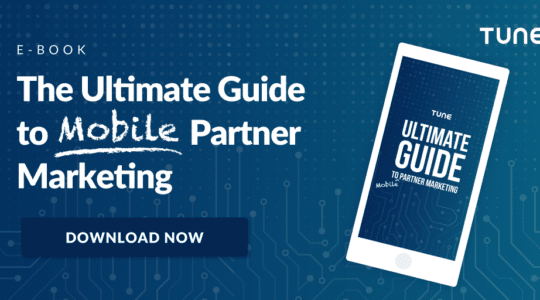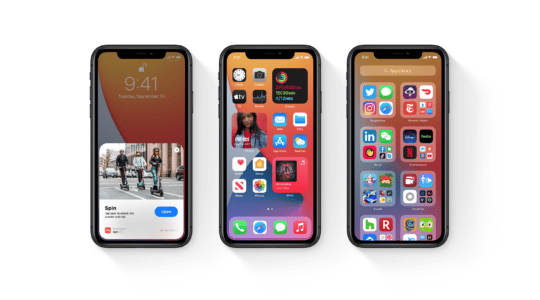Within the last few weeks, Gartner announced that the number of overall mobile app downloads (both free and paid) will soar to 102 billion by the end of this year, up from 64 billion in 2012. The number of app downloads by 2017 should reach nearly 269 billion.
In addition, mobile app revenues will be $26 billion in 2013, up from $18 billion last year, according to Gartner. That $26 billion in revenues comes from paid downloads and in-app purchases — even though only 9% of all downloads this year cost money. The rest, 91%, are free.
This astounding data signals that marketers, now more than ever before, need to push more creative, targeted tactics to both drive mobile downloads and sustain strong user engagement. So, what is it about a mobile app experience that entices people to download an app —and most importantly— stay engaged and keep coming back for more? Marketers need to tap into the forces behind the technology as well as the marketing as part of their strategy to driving mobile app downloads.
Technological Forces: Usability, Value, & Customer Empowerment.
The reality is that unless the app itself provides significant value, you may not see the anticipated uptick in your number of app installs stick long-term. So be vested in the app and champion for the usability of the technology and advocate for the explicit value to help drive higher volume, longer term value mobile app downloads.
Interacting with a mobile app should be a well-edited, focused, FAST experience that guides users to the most important things that brings them value. Don’t make people wait or require them to take too many actions in your app or you’ll risk seeing that user base trickle off. Think of the apps that are widely used like Facebook, Instagram, and Twitter— why are people compelled to download those apps? Take a look at the general application hierarchy they use and the usability of the design to help you drive a greater number of app downloads.
Another important aspect that shouldn’t be overlooked is providing your app users with a feedback mechanism so they are hooked into regular consumer-centric improvements. Think about those users who look into how updated (or stale) your app is and whether they’ll skip a download based on the fact that there aren’t regular customer-centric improvements implemented. Give your users a way to let their feedback be heard and implemented. Consider integrating a service like Apptentive, or even simply include a link to submit an email. This shows that you appreciate user feedback and that the future of your app may be shaped by what they have to say. Engaged users will often expect to see app updates on a regular basis, so entice them to download your app and keep them compelled by demonstrating a commitment to fixing bugs and implementing suggestions.
The icing on the cake is if you allow users to adjust settings for your app so it is personalized to their liking. What is there not to like about making more aspects of an app experience tailored to the specific colors, font sizes and privacy settings you want? Customization is customer-centric —an inarguable “above and beyond” value-add for consumers that pays dividends.
Remember that without a strong investment in the functionality, overall usability of your app, and rooted consumer value, the marketing pieces won’t have a strong chance at driving desired goals.
Marketing Forces: Diversifying Channels, Tracking & Optimizing
Once you have established your app download goals, start to think about your targeted audience approach. What does your ideal mobile user look like? Solidify your target app metrics and focus on building your marketing channels around it, integrating the consumer ROI messaging into different campaign tactics that can be used to drive app downloads and sustain engagement.
Once your target audience is distinguished, diversifying your channels will be critical to your mobile media approach. Track and measure which sources are producing the best results so you can keep reaching for (and surpassing) your target goals. Consider different social channels (Facebook in particular is one of the strongest to drive mobile app downloads), partnerships to help with promotion, real time bidding exchanges (RTB), and dedicated app marketing channels such as apple’s iAD and Google’s AdMob that will help you reach larger scale mobile app users to drive successful campaigns. The challenge is deciding which marketing channel to work with, and tracking performance to understand which ones are really contributing to your app downloads and extended customer engagement.
In conjunction with all of the marketing components in the mix, it’s critical to ensure that the chosen advertising channels are delivering the ROI goals you set out to target. Keep testing and optimizing your channels to find what mix works best to deliver an increase in your number of app downloads and long term ROI. Attribution technology that is unbiased can help you better manage and measure advertising channels so you can optimize your acquisition budget and keep refining your campaigns to acquire new users and keep current ones engaged.
Author
Becky is the Senior Content Marketing Manager at TUNE. Before TUNE, she led a variety of marketing and communications projects at San Francisco startups. Becky received her bachelor's degree in English from Wake Forest University. After living nearly a decade in San Francisco and Seattle, she has returned to her home of Charleston, SC, where you can find her enjoying the sun and salt water with her family.




Leave a Reply
You must be logged in to post a comment.